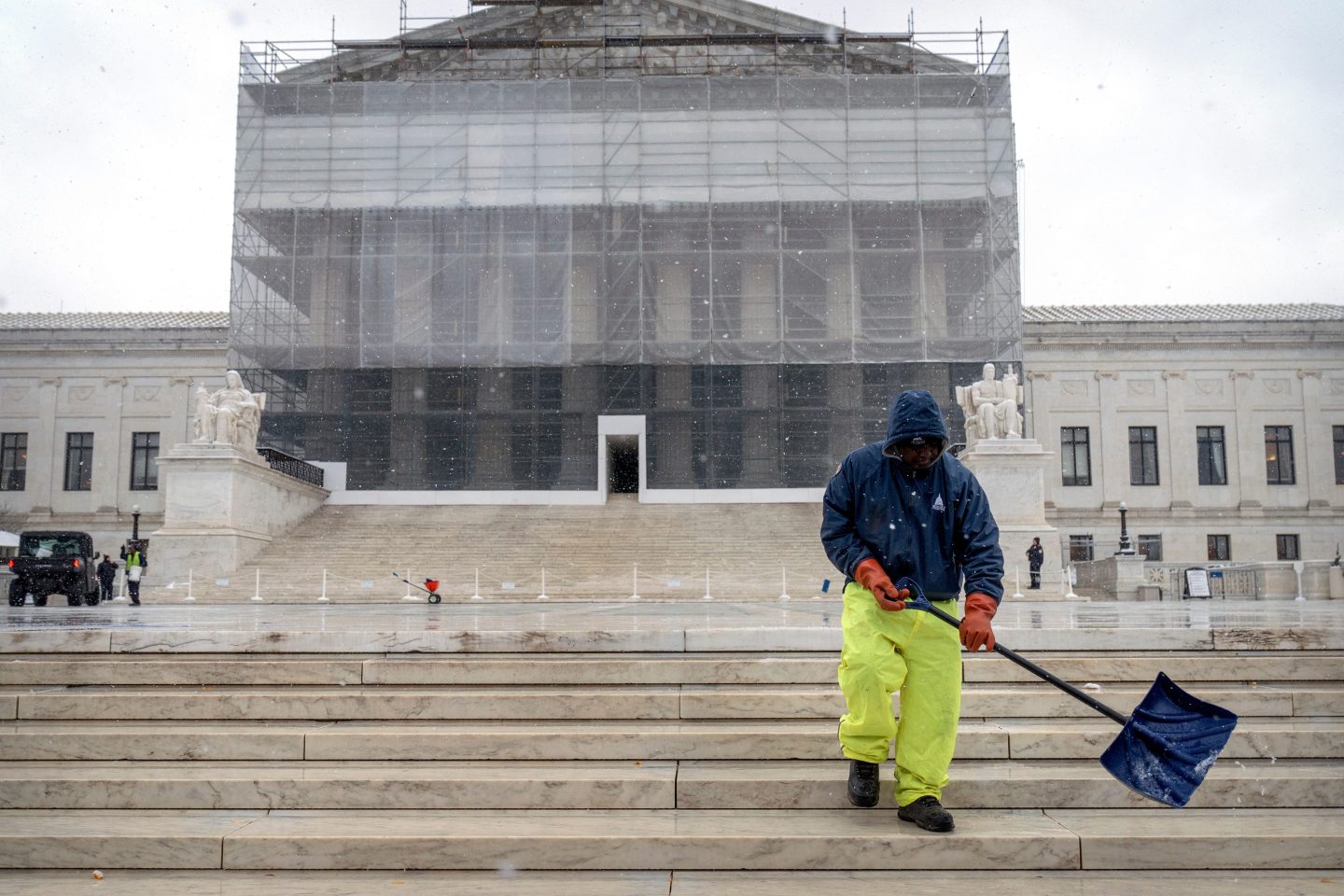The mounting cost of a giant bank bailout is pushing Ireland perilously close to sovereign debt crisis territory.
The cost of insuring against a default on Irish government bonds jumped 4% Wednesday to a record, and the government’s cost of borrowing in the bond markets for 10 years rose above 6%, as officials met to discuss what to do about the foundering Anglo Irish Bank.

The government is expected to make a statement today about its plans for the bank, which was nationalized at the height of the financial panic of 2008 and has since become an albatross for the once fast-growing nation.
Propping up the bank, which fecklessly lent billions to property developers and speculators at the height of Ireland’s giant property bubble, has already cost taxpayers almost $30 billion.
That’s real money no matter where you are, but it’s an almost unbearable burden in an economy whose gross domestic product last year at purchasing power parity was just $173 billion – barely 1% of the equivalent figure in the United States.
And for all this spending, the Irish government has yet to set a firm plan for getting out of the Anglo Irish mess. As a result, depositors and bond investors have been fleeing the bank this week, in the wake of last week’s report that it lost $10.4 billion in the second quarter.
“We are coming to endgame here,” an Irish minister said, the Irish Times reported.
Update: The government says it will split Anglo Irish into a deposit-taking bank under the current government deposit guarantees and an asset bank that will deal with all Anglo’s problem loans over time.
Several issues remain unresolved, however, including the ever-rising cleanup cost estimates and the issue of European Union approval.
The Government believes that it is essential to identify, with as much certainty as possible, the final cost for the restructuring and resolution of the bank. This will underpin international financial confidence in Ireland. Accordingly, the Central Bank will determine the appropriate levels of capital needed in both institutions. Its decision will be announced by October.
The Irish government’s announcement comes as the European Union considers the implications for Ireland’s public finances. The government says the good bank-bad bank split is the least costly option for winding down Anglo Irish, but the EU won’t weigh in till later this month.
In the meantime, European ministers are also considering how to account for the cost of supporting Anglo Irish and other troubled banks, such as Allied Irish and Bank of Ireland.
If the EU’s executive body, the European Commission, decides that the support payments must be accounted for on-budget, Ireland’s 2010 debt-to-GDP ratio could soar above 20%.
For all the belts the Irish have tightened over the past two years in a bid to restart a flagging economy, that’s a development that surely wouldn’t do anything to ease fears that a debt default is in the cards.











